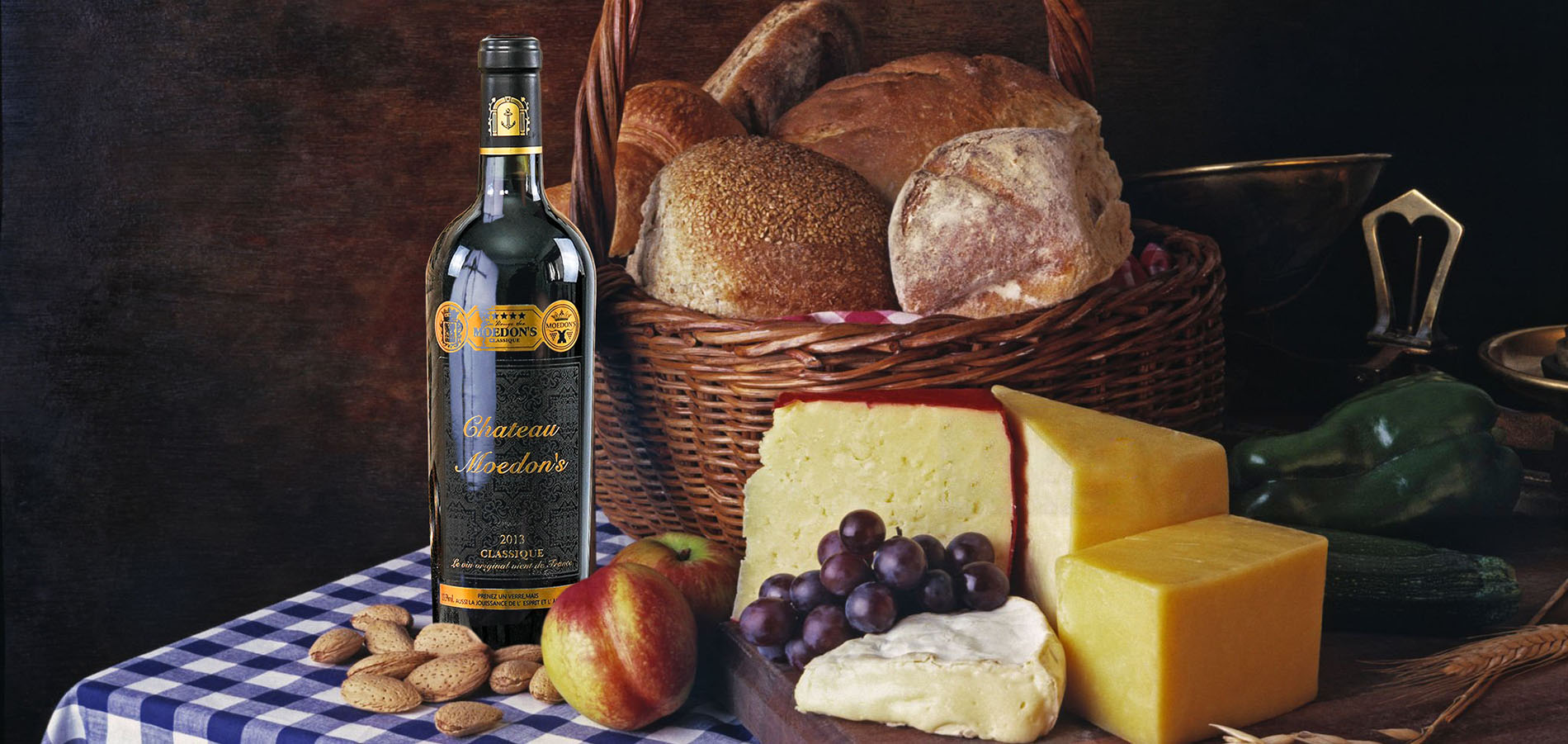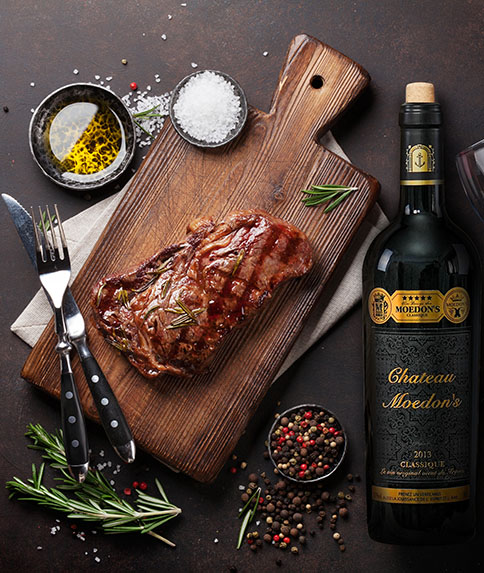
Tips from the wine coach
Tip #1: Slow Down & Smell Your Wine!
To kick things off I wanted to focus on TASTING wine as it is the essential skill for any wine lover.
When I am conducting wine tastings or corporate team building I’ll poll the audience to see what they think is the most important step in tasting wine. Most people think it’s the sip but, in fact, smelling is 80% of the wine tasting process.
This exercise shows you first-hand why your nose rules supreme when tasting wine.
Try this exercise to really focus in on smelling: Get a gourmet jelly bean or other assorted-flavor candy. Pinch your nose with one hand so your nose is completely blocked off. Now with the other hand put the candy in your mouth and start chewing-don’t let go of your nose. Try to guess what flavor your candy is and then let go of your nose. Did you get the burst of flavor right as you let go?
Here’s the skinny on the 2nd step in tasting wine—smelling: Swirl the wine in your glass. This isn’t done to look pretentious; it actually stirs up the alcohol vapors and intensifies the aromas of the wine. Take your time with this step. Try to connect the smell to familiar things or memories. One’s sense of smell accounts for most of what we “taste” in the wine. Our tongues only detect the following senses: sweet, sour, salty, bitter and umami. We often describe what we taste by what we actually smell.
Keep on Sipping!
Cheers,
Tip #2: Wine–Too Hot or Cold?
This exercise illustrates how the temperature at which you drink a wine can have a huge effect on its taste.
Reds are best to be served around 65-68°F which is usually not room temperature unless you live in a medieval castle in France. Serving a red too warm will make it hard to enjoy the flavors and too cold can make a red wine taste bitter.
Try these tasting exercises to see how your wine tastes differently based on the temperature:
Take a bottle of your favorite bold red like a Cabernet Sauvignon and leave it out at room temperature for a few days. Now open the bottle and take a small sip making note of its taste as well as any bitterness on the palate. Now pop that wine in the fridge for 5 minutes and then taste again. Repeat until the wine is thoroughly chilled and note its bitterness.
Keep on Sipping!
Cheers,

Tips on picking a great wine glass:
Choosing a wine glass these days can seem like a monumental decision. There are so many types, shapes and sizes to choose from that it can be quite confusing. At a very minimum, your wine glass should be tulip shaped with a bowl that tapers as you get to the top to keep the aromas in the glass.
The bowl should be broad enough to allow for adequate swirling. Swirling your wine kicks up the wine’s aromas and makes them more accessible for smelling. Try to find a glass that is at least 8-10 inches tall and made of clear glass with no etching or designs to distract from the wine.
I do suggest real crystal but more for functional reasons than the beauty of it. Crystal has a rough surface that helps agitate the wine as we swirl- allowing us to better smell and enjoy the wine. The thinner the glass, the better the wine will taste-less glass, more wine-it just makes sense.
Keep Sipping!
Tip #4: The Wine Sandwich™
This, I want to bring it all together by getting you to focus on food and wine pairing. It’s my personal opinion that wine is best when paired with a delicious meal and people who make you smile. Think of wine as part of the recipe of your meal.
Try these combinations using my Wine Sandwich technique: Take a sip of wine, then a bite of your food and after you’ve savored it, take a second sip of your wine. Wine, food, wine-that’s the sandwich! The second sip of your wine will show how the food alters the wine, ideally for the better.
Focusing on tasting the wine before and after will enhance your ability to choose wine pairings without charts and books. Much like a chef learns to cook by taste. Think of it as on the job training-I do!
Cabernet Sauvignon with a piece of Steak or Parmesan Reggiano cheese
Ideally you’ll have a Cabernet Sauvignon with some grip of tannins-perceived in your mouth as an astringency-that you’ll want to pay attention to before as well as after you taste the food.
Keep on Sipping!
